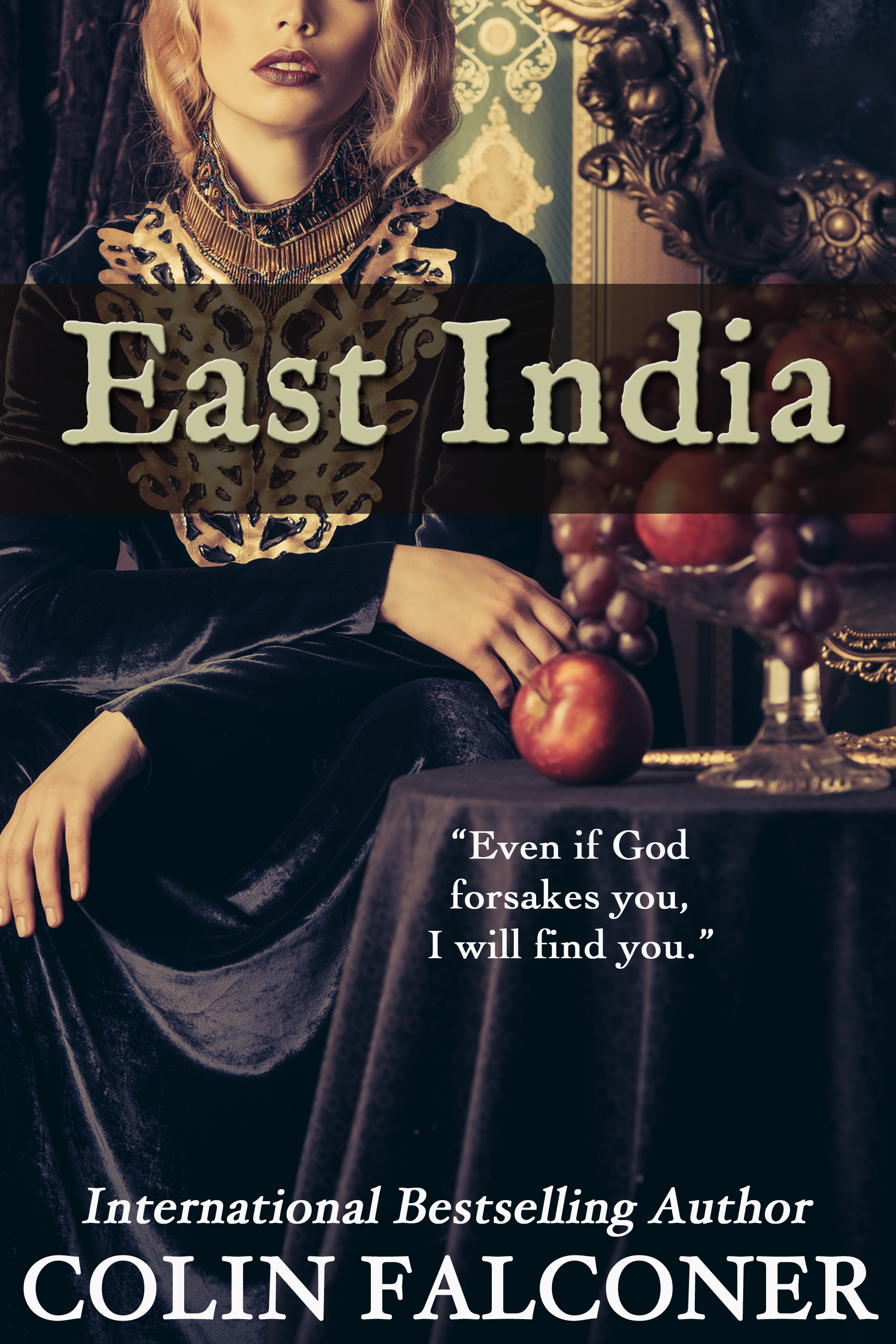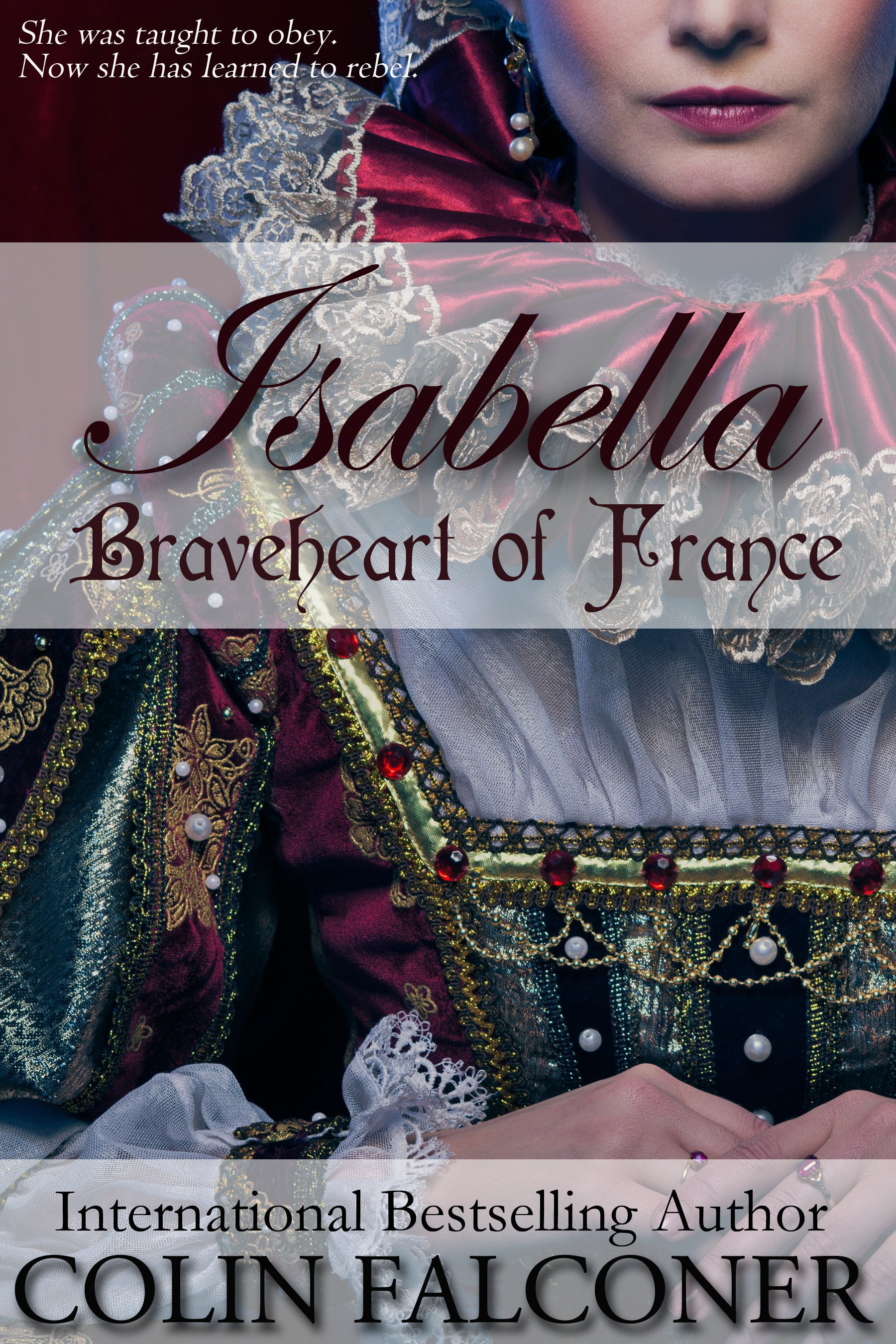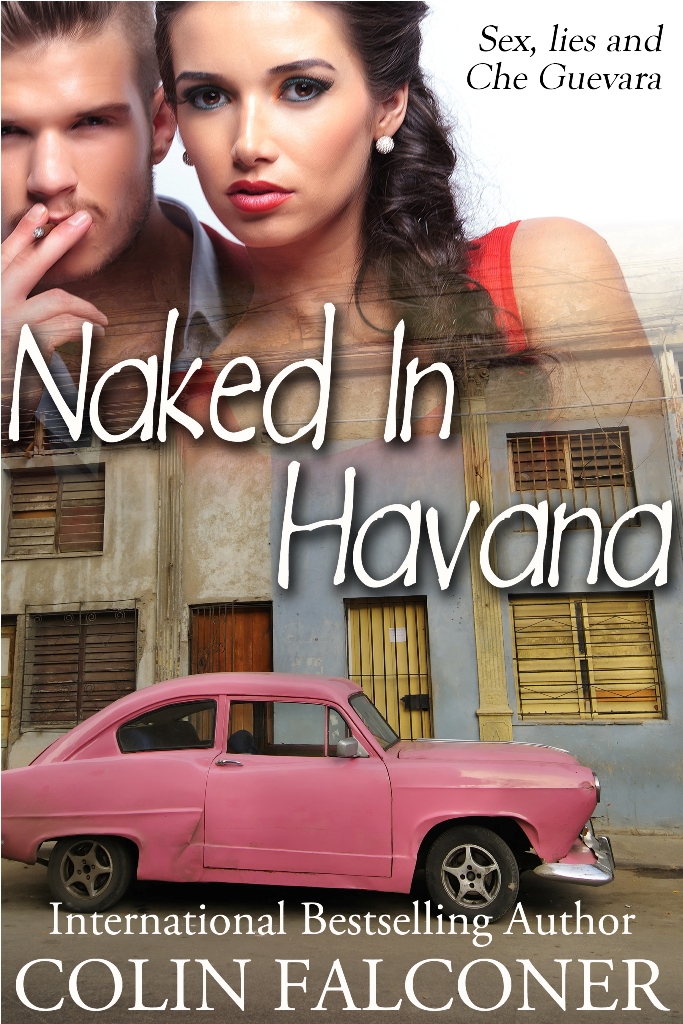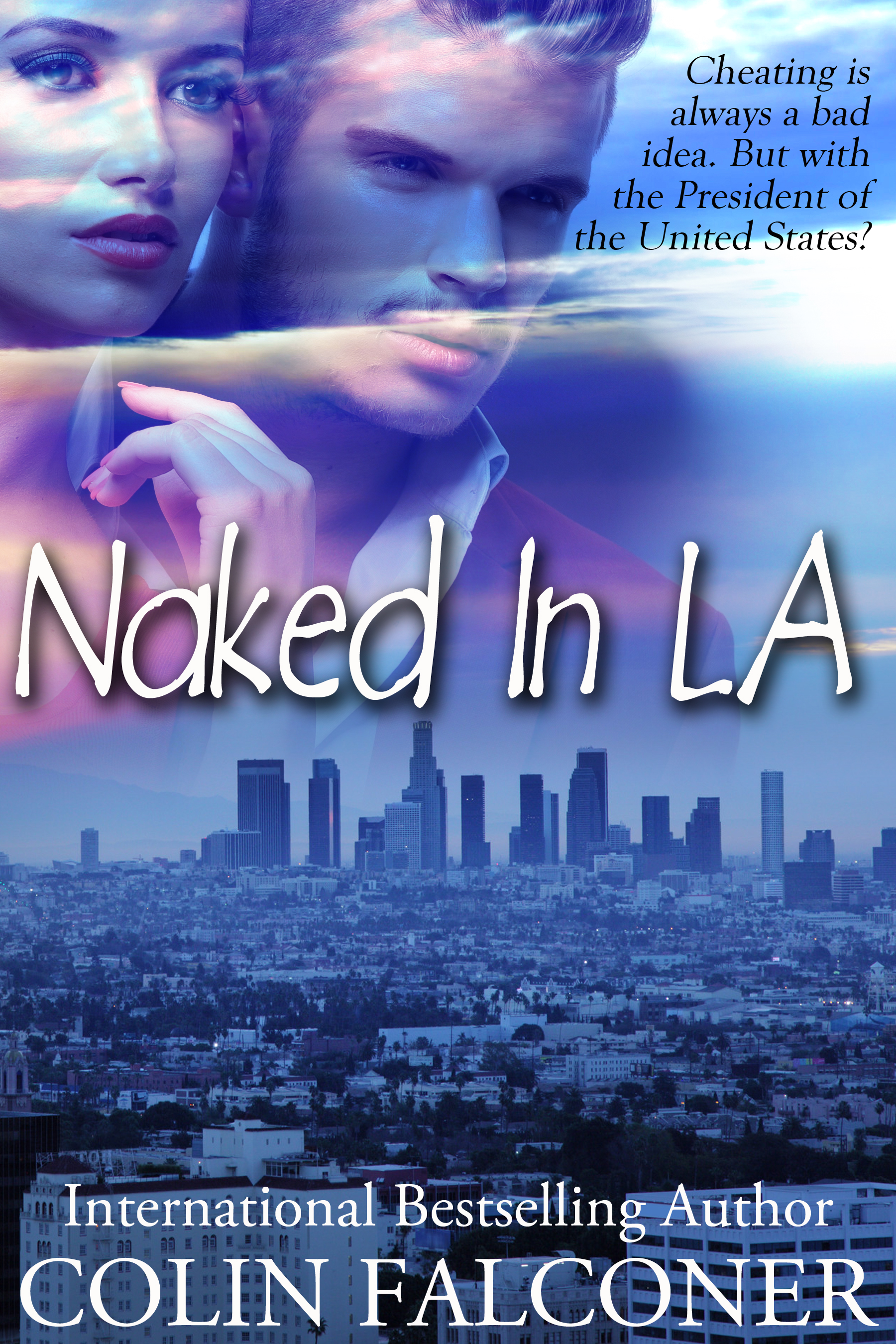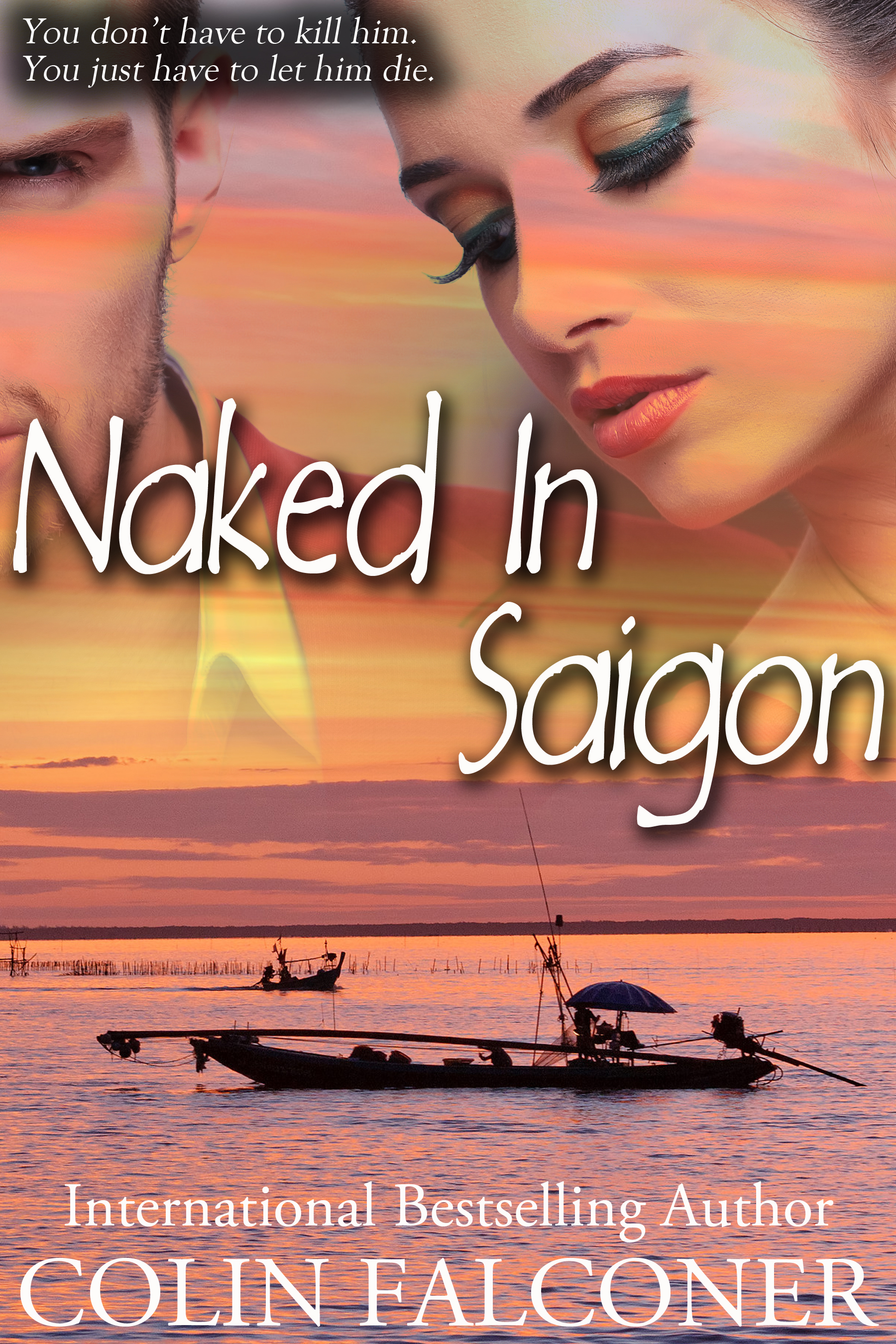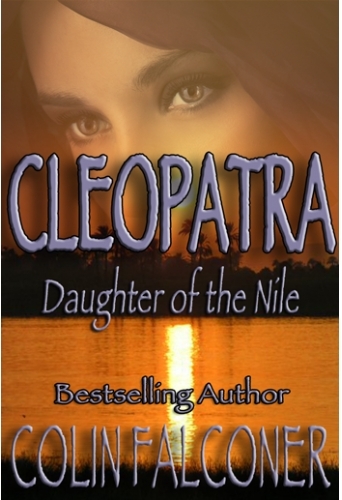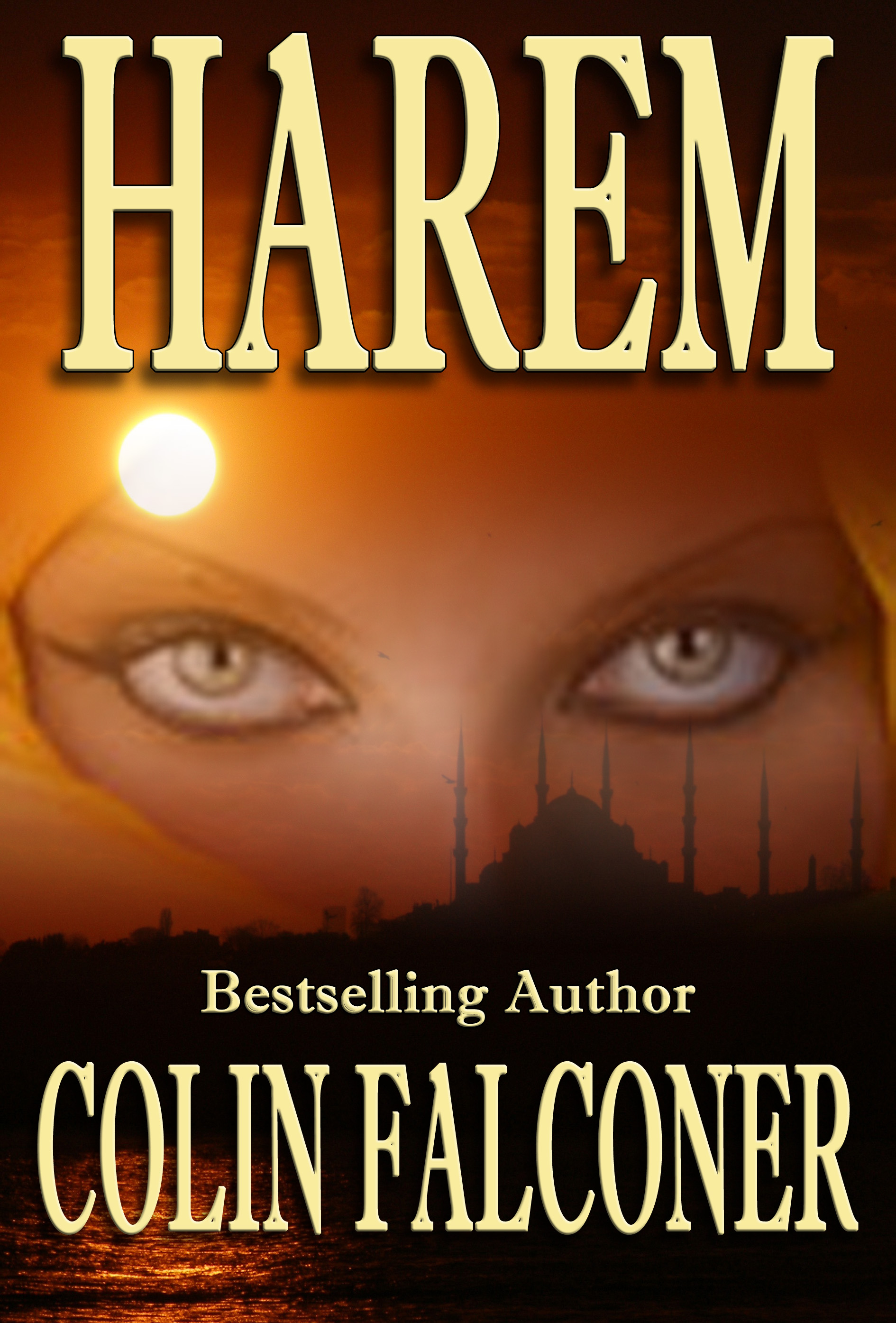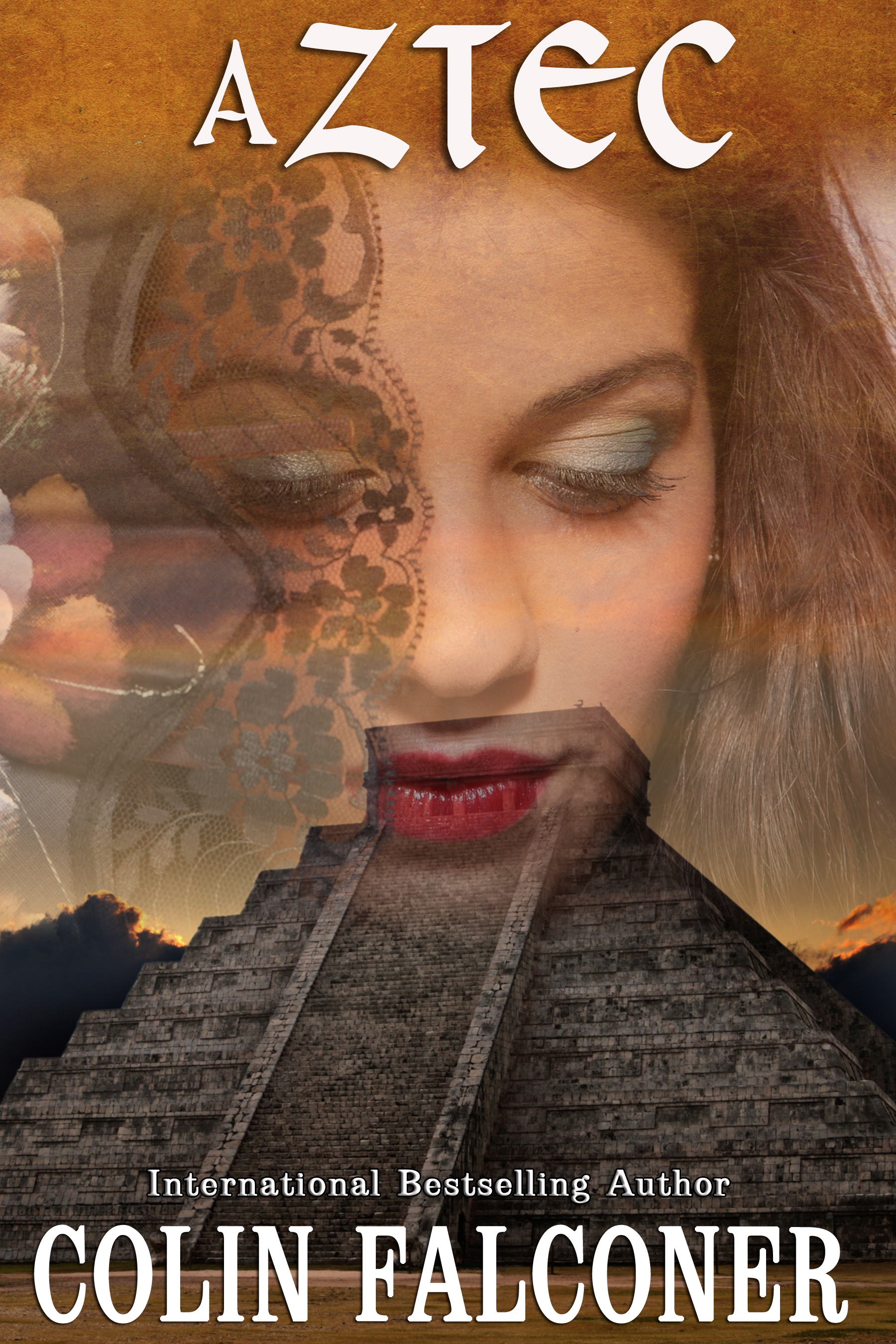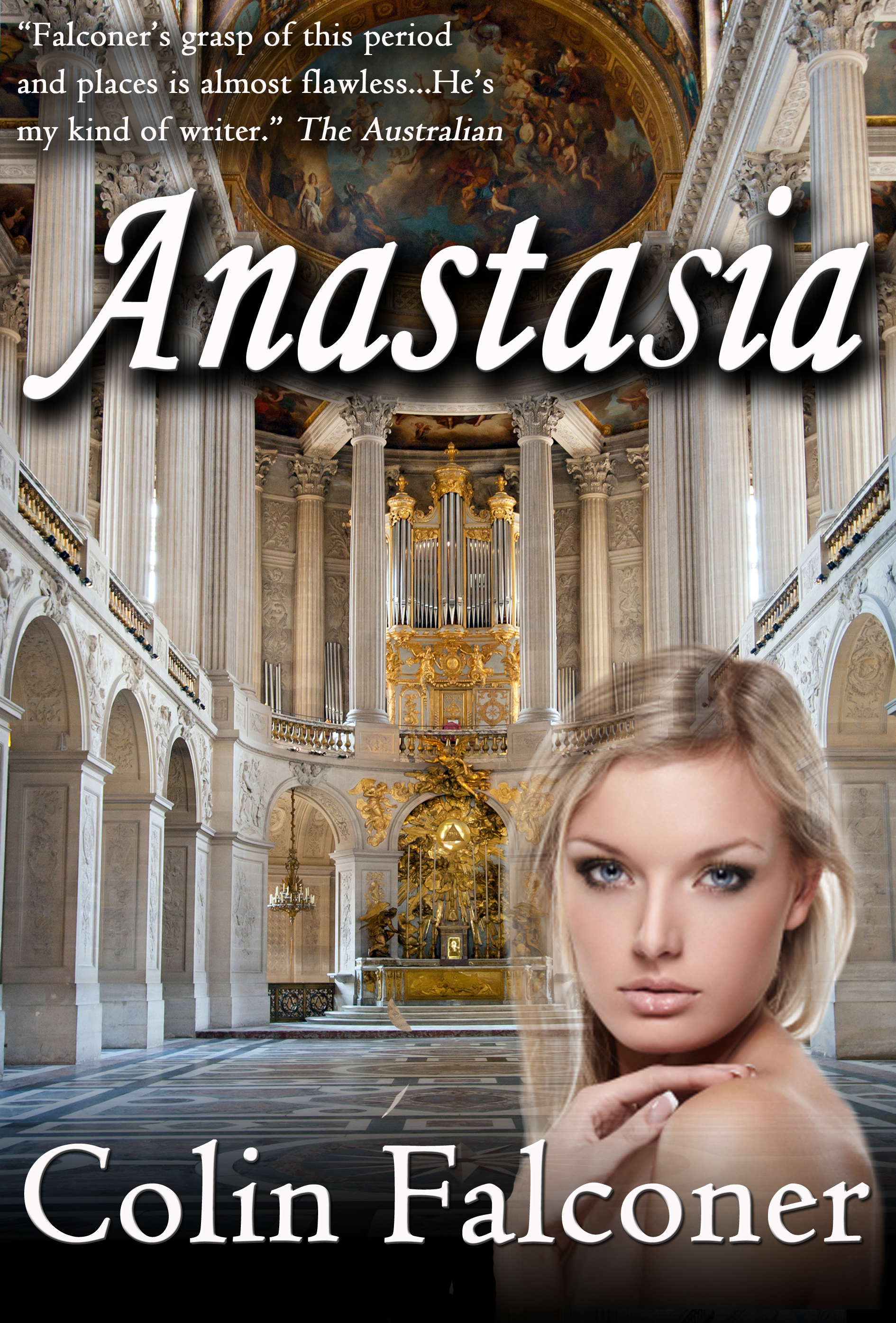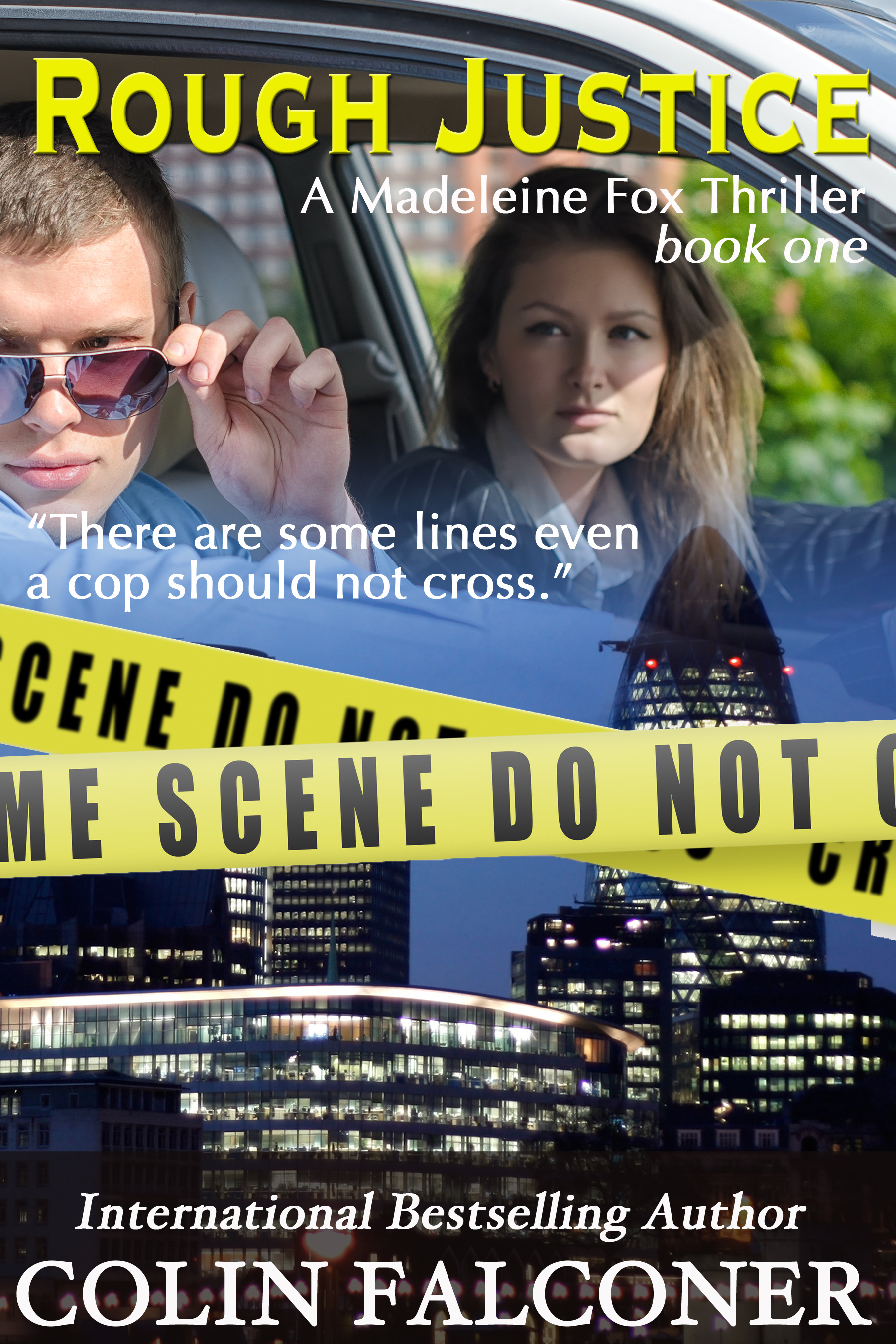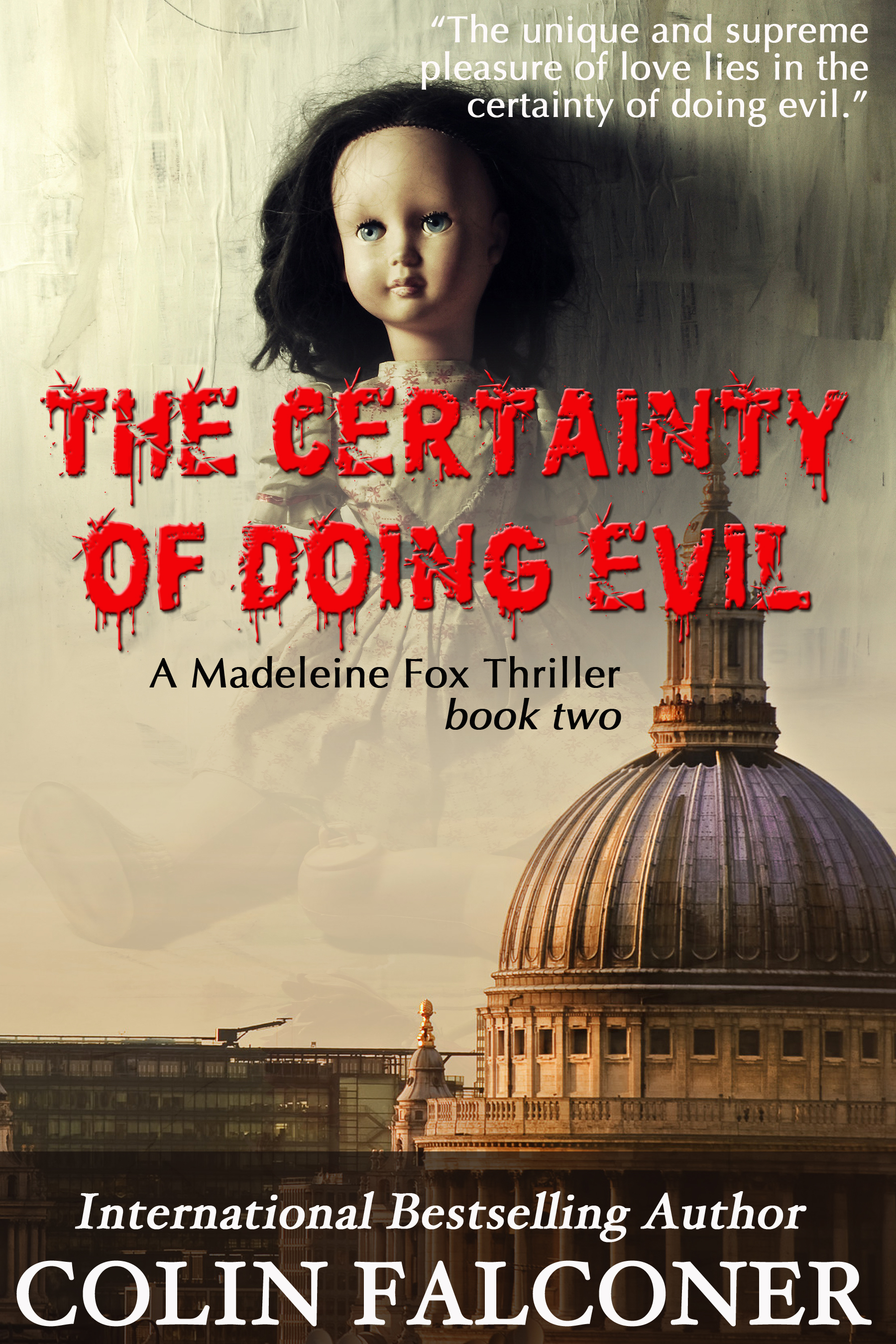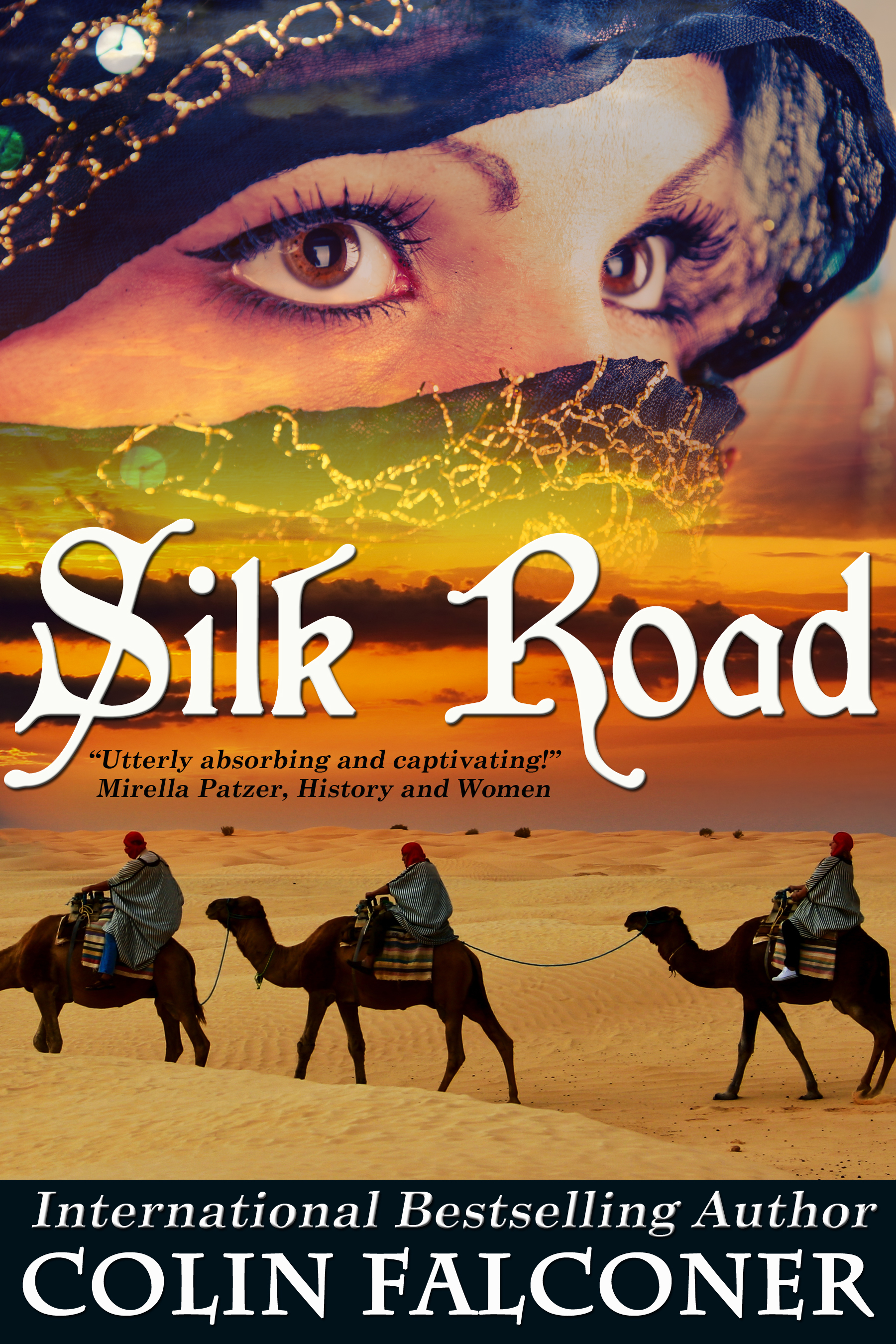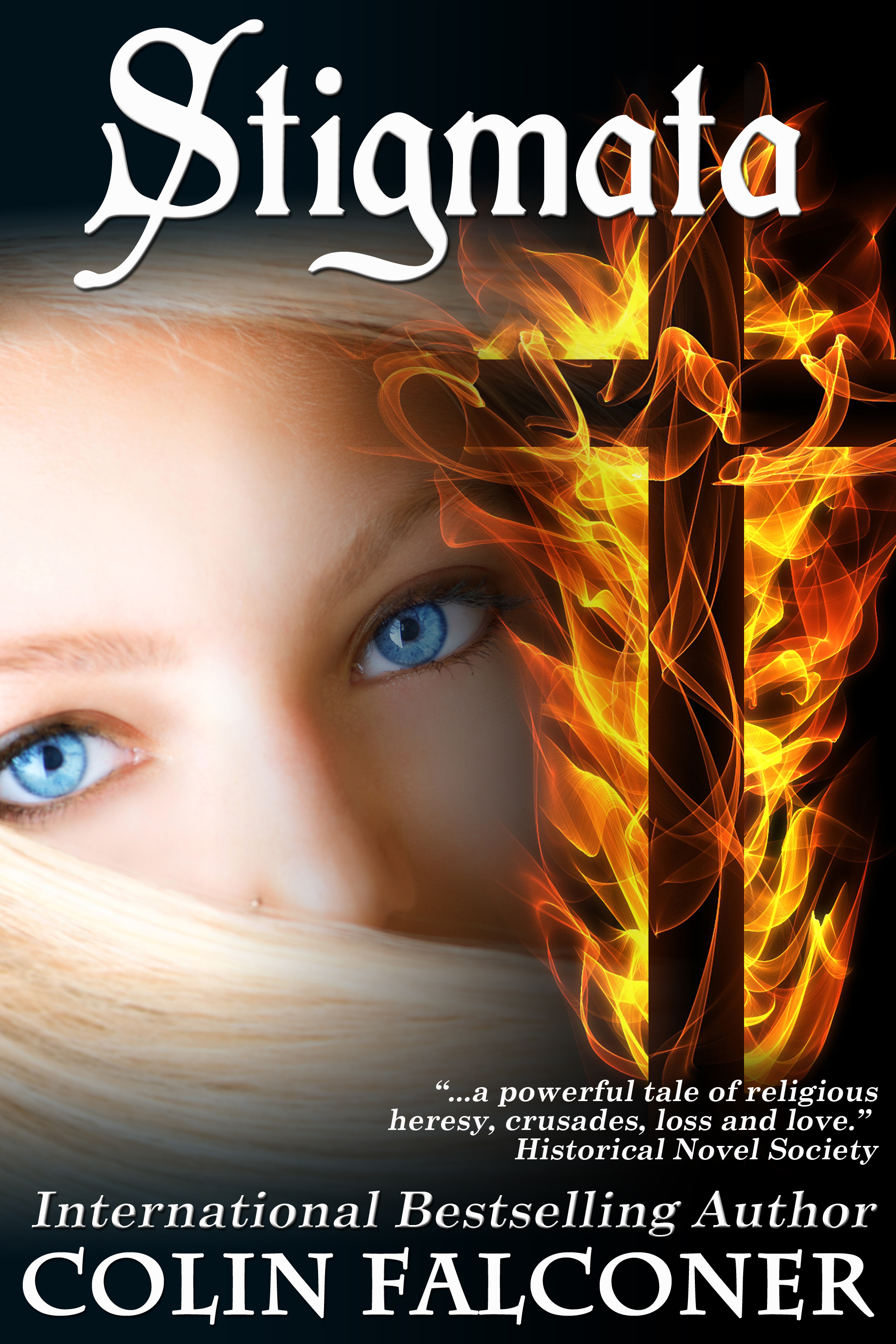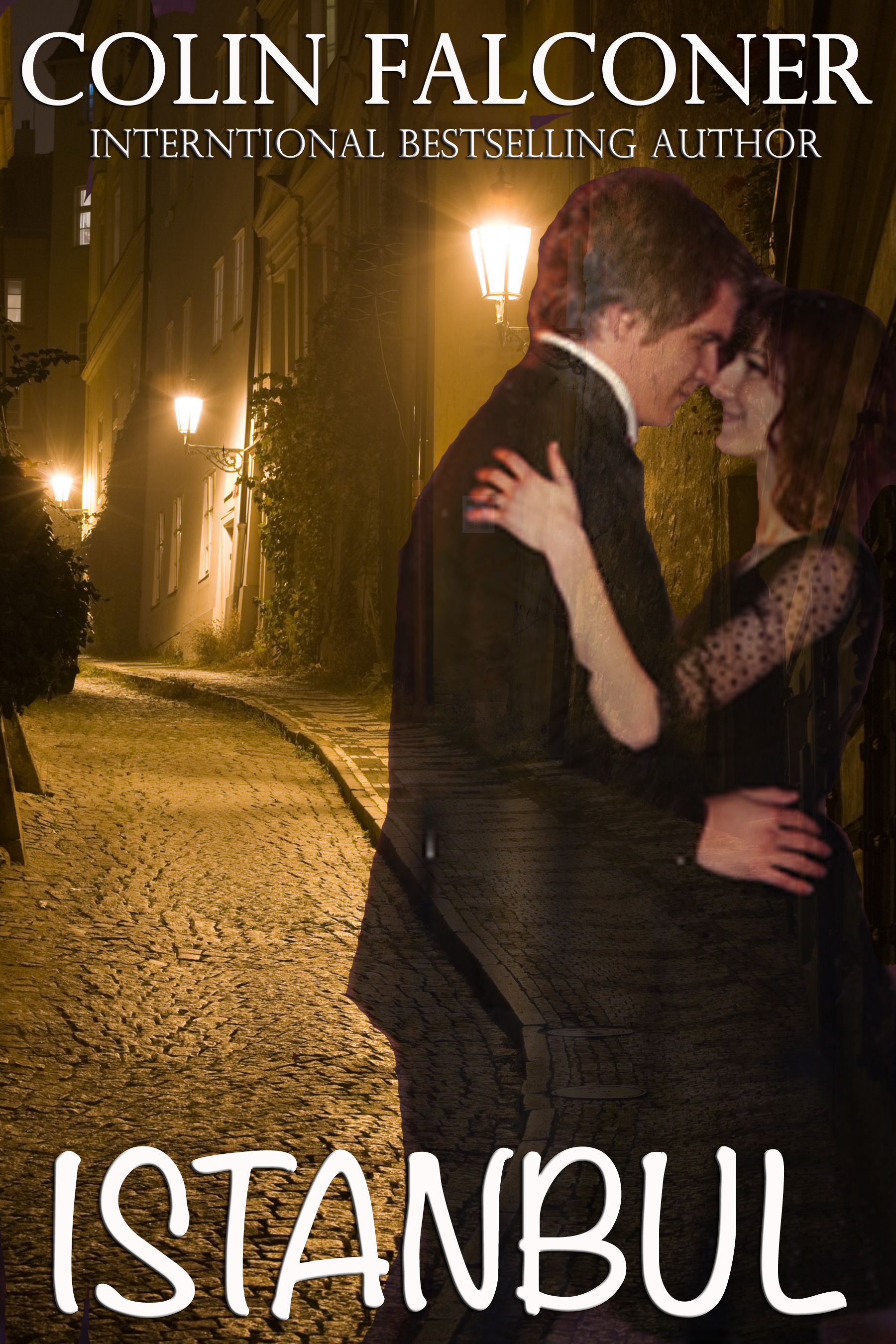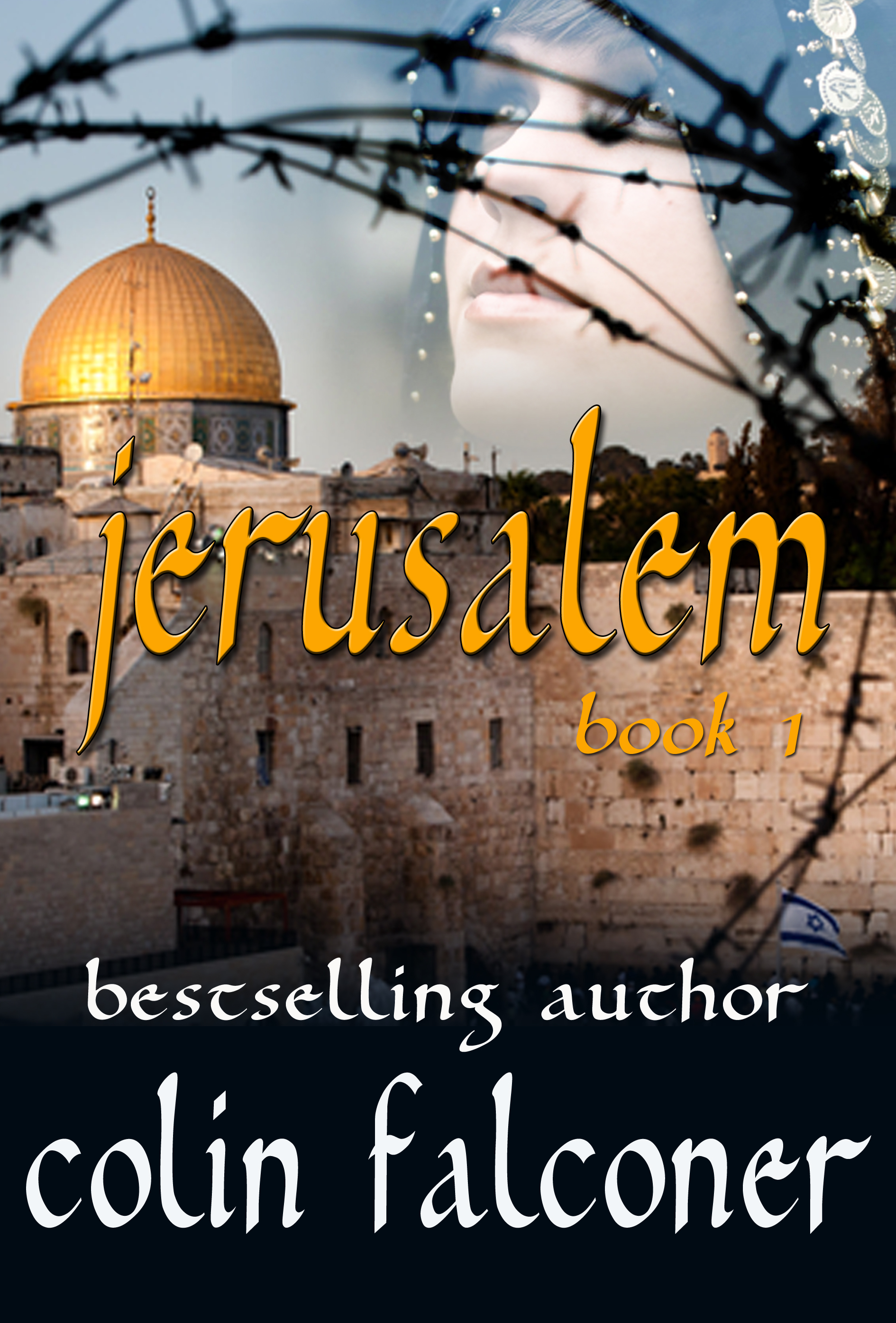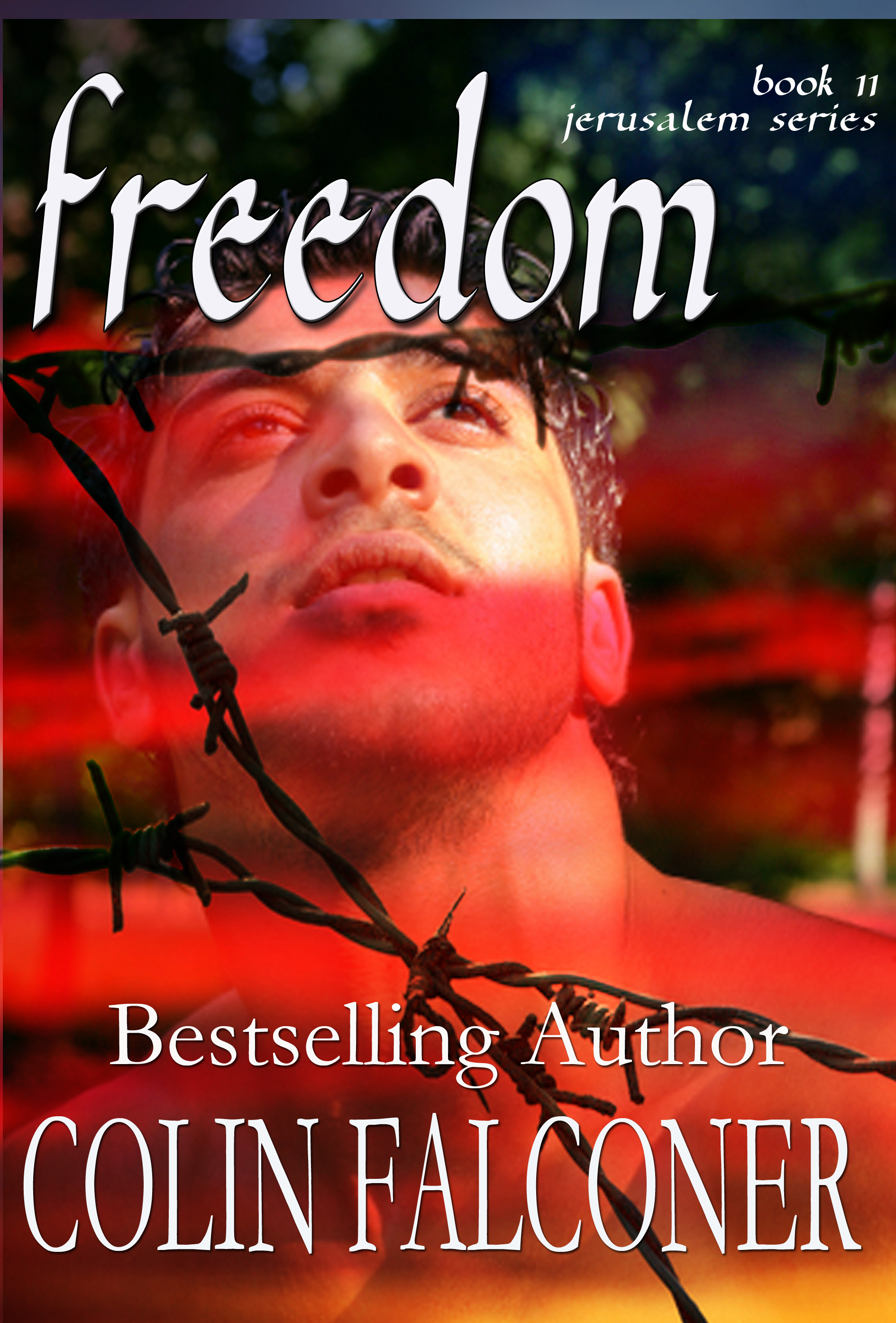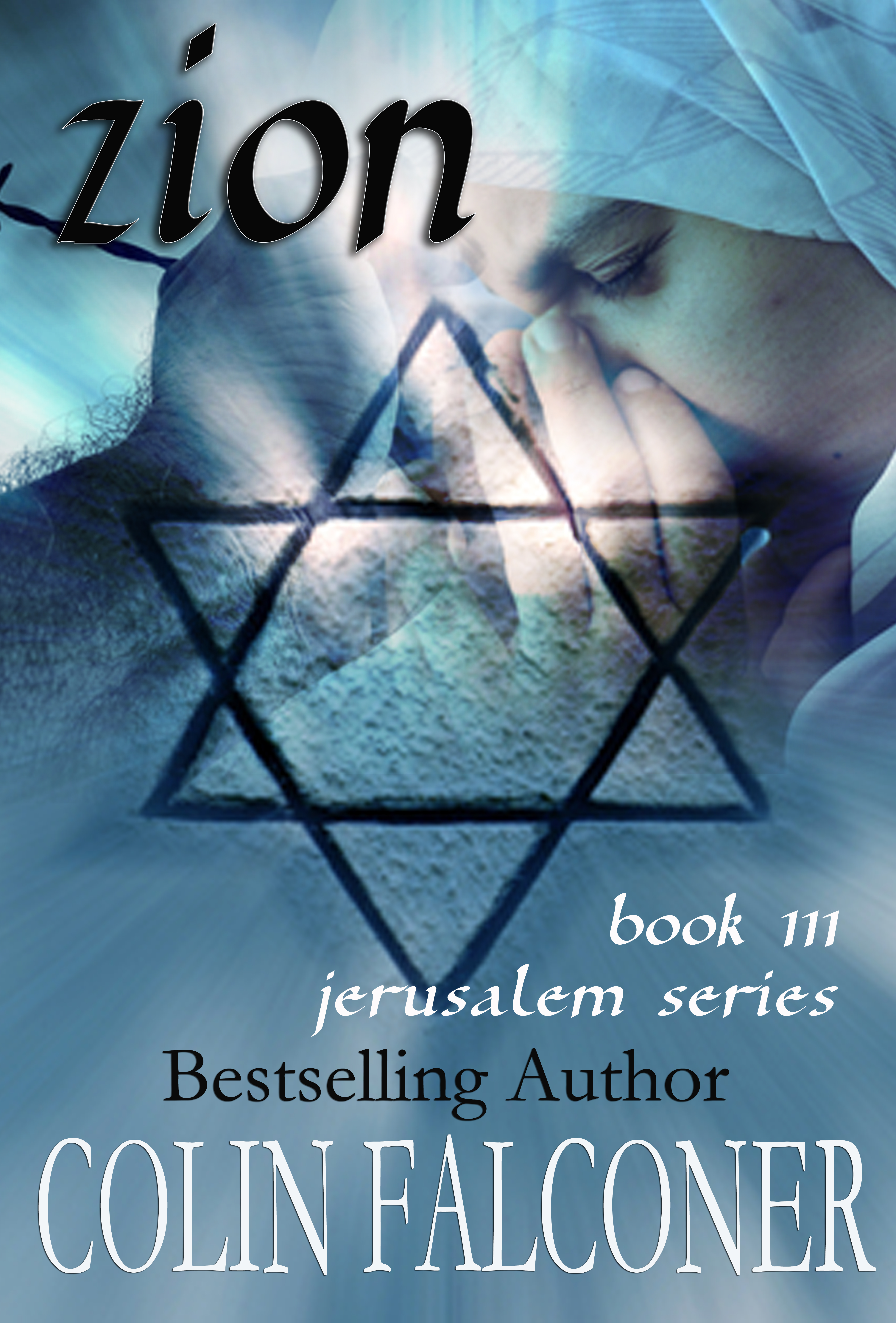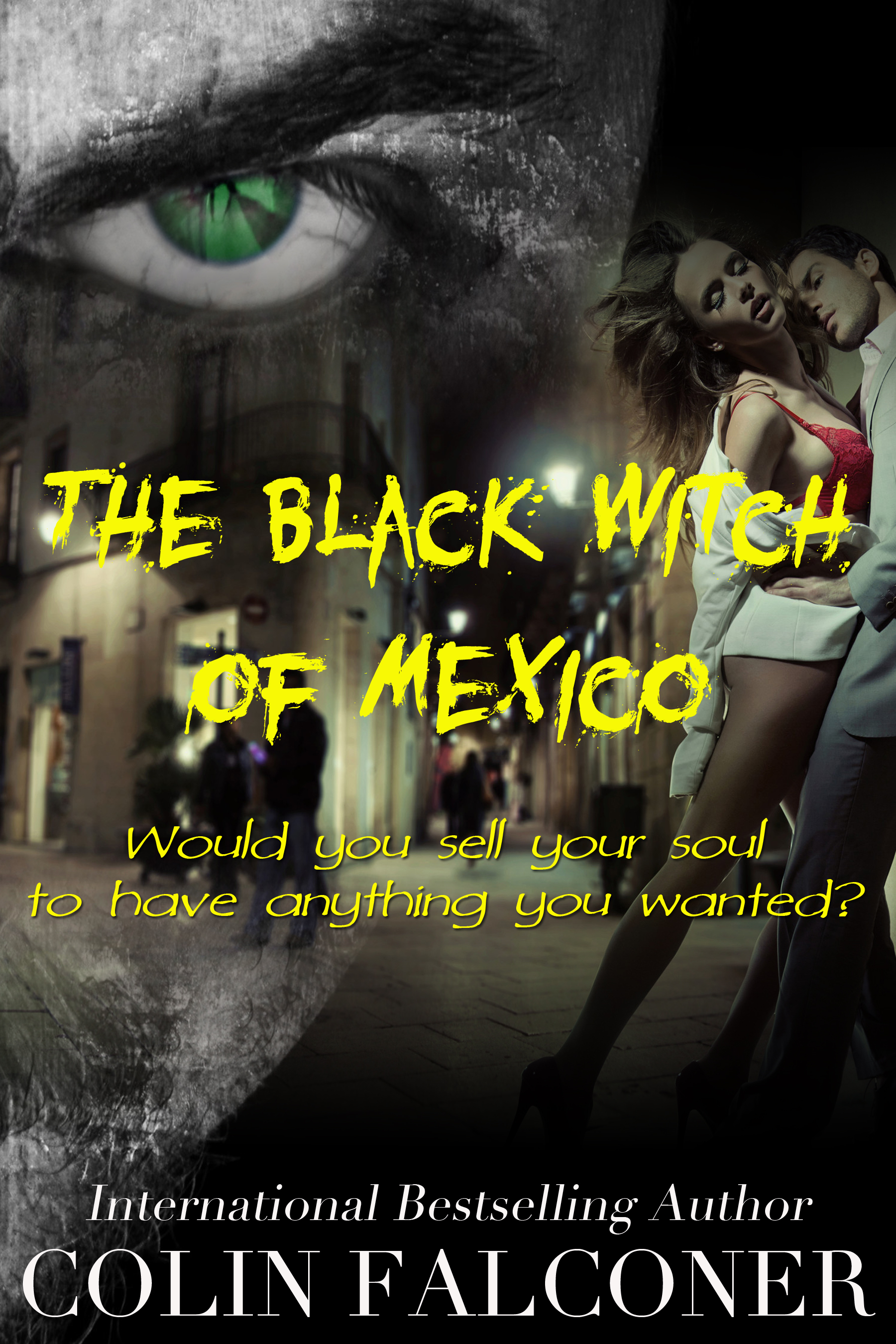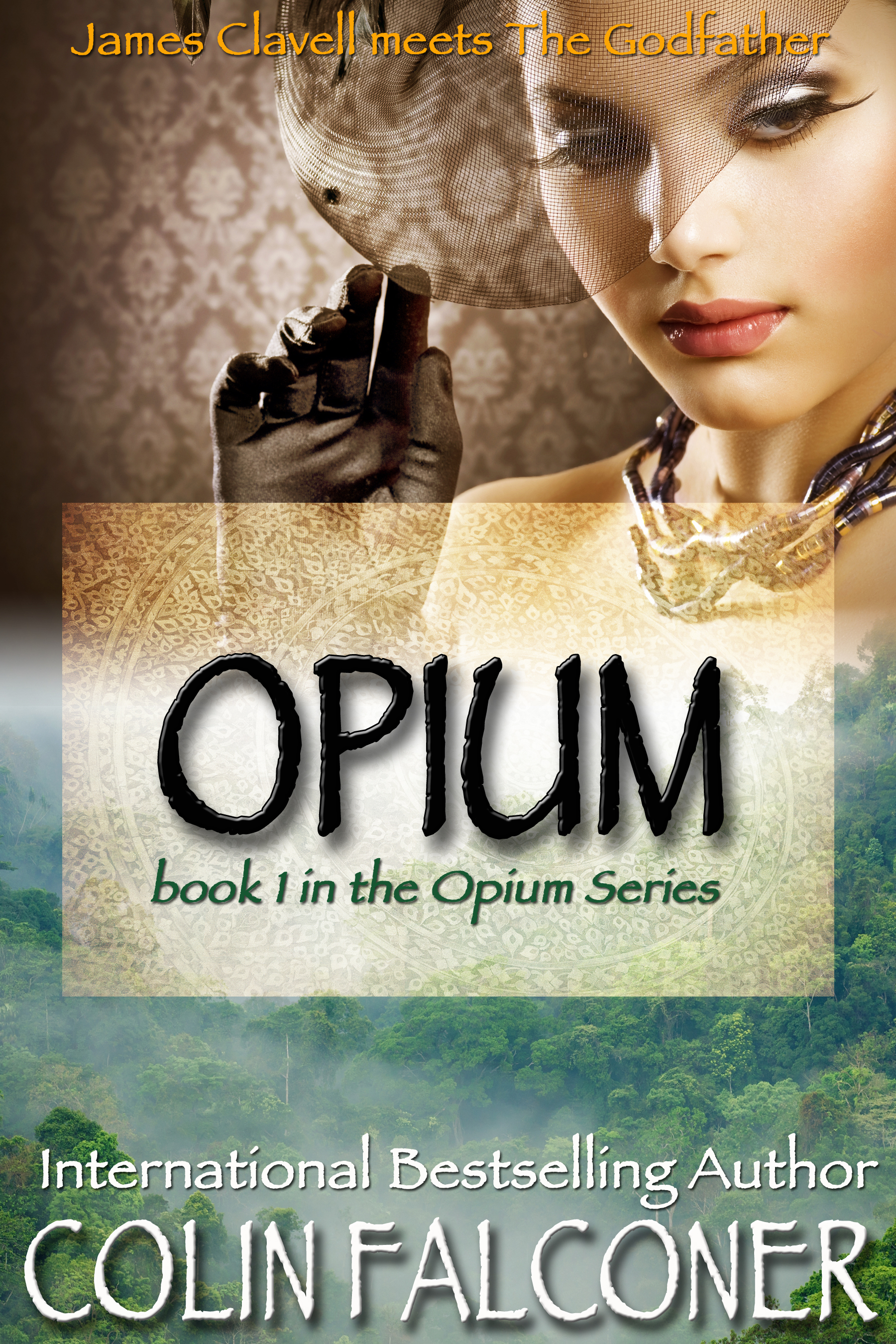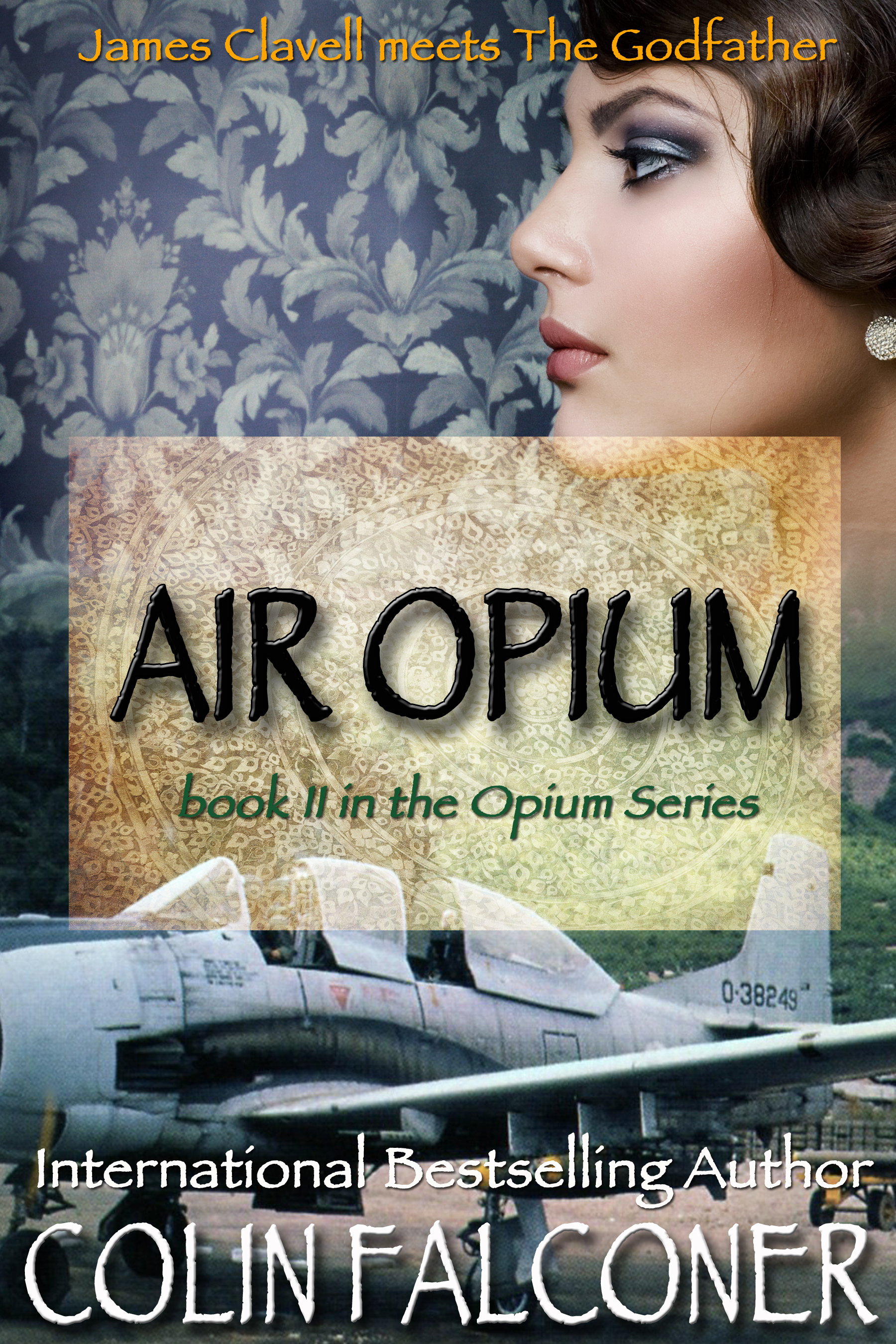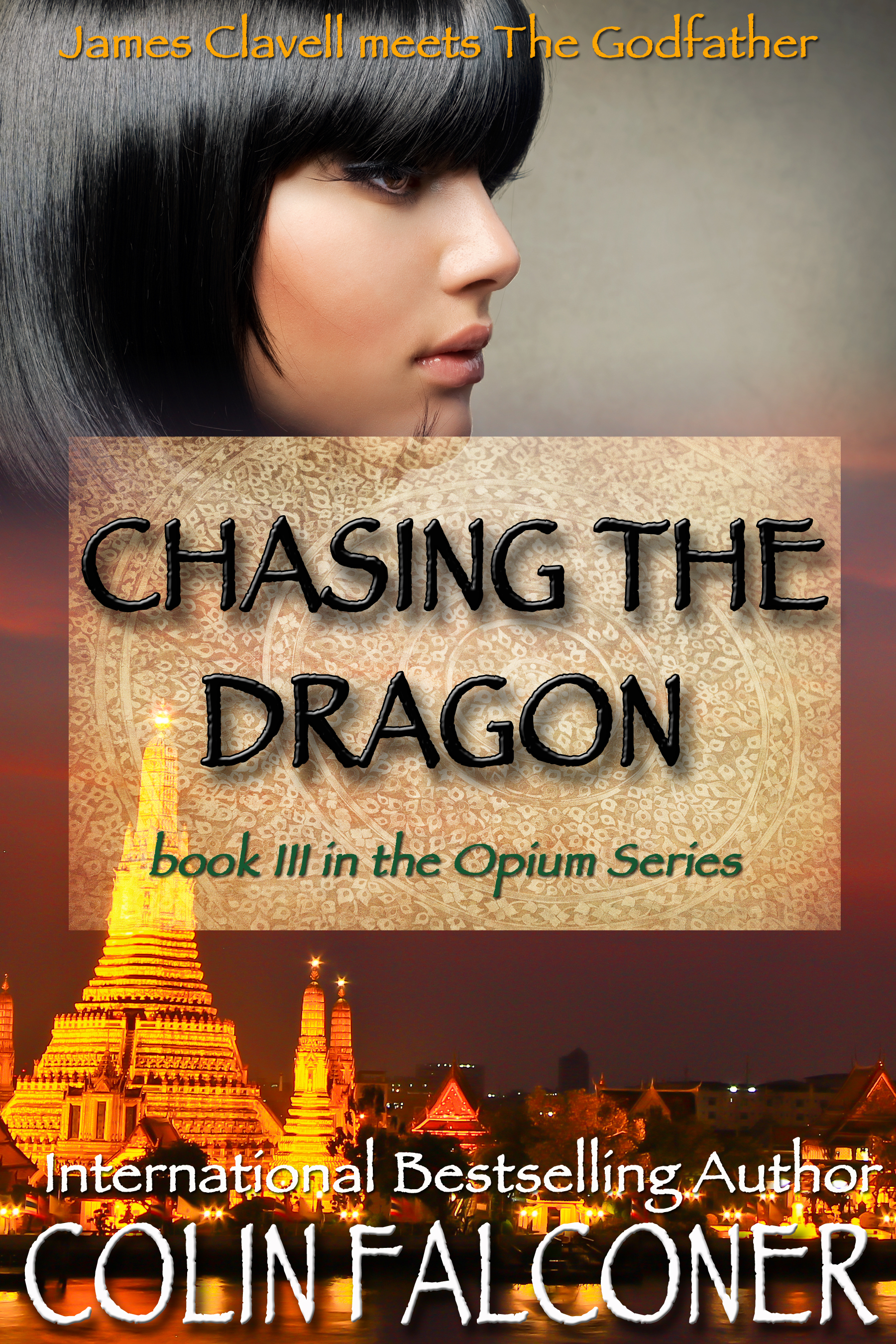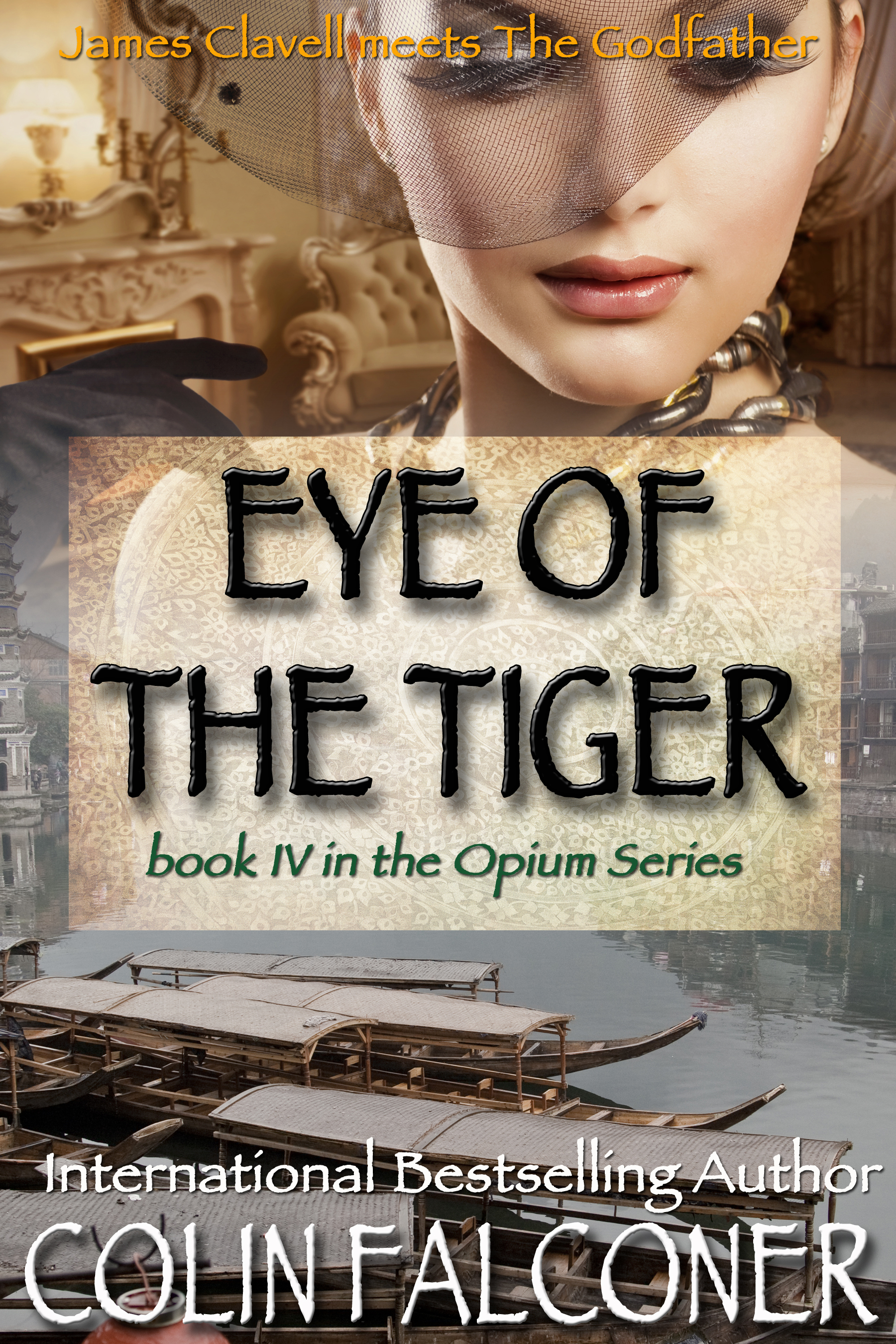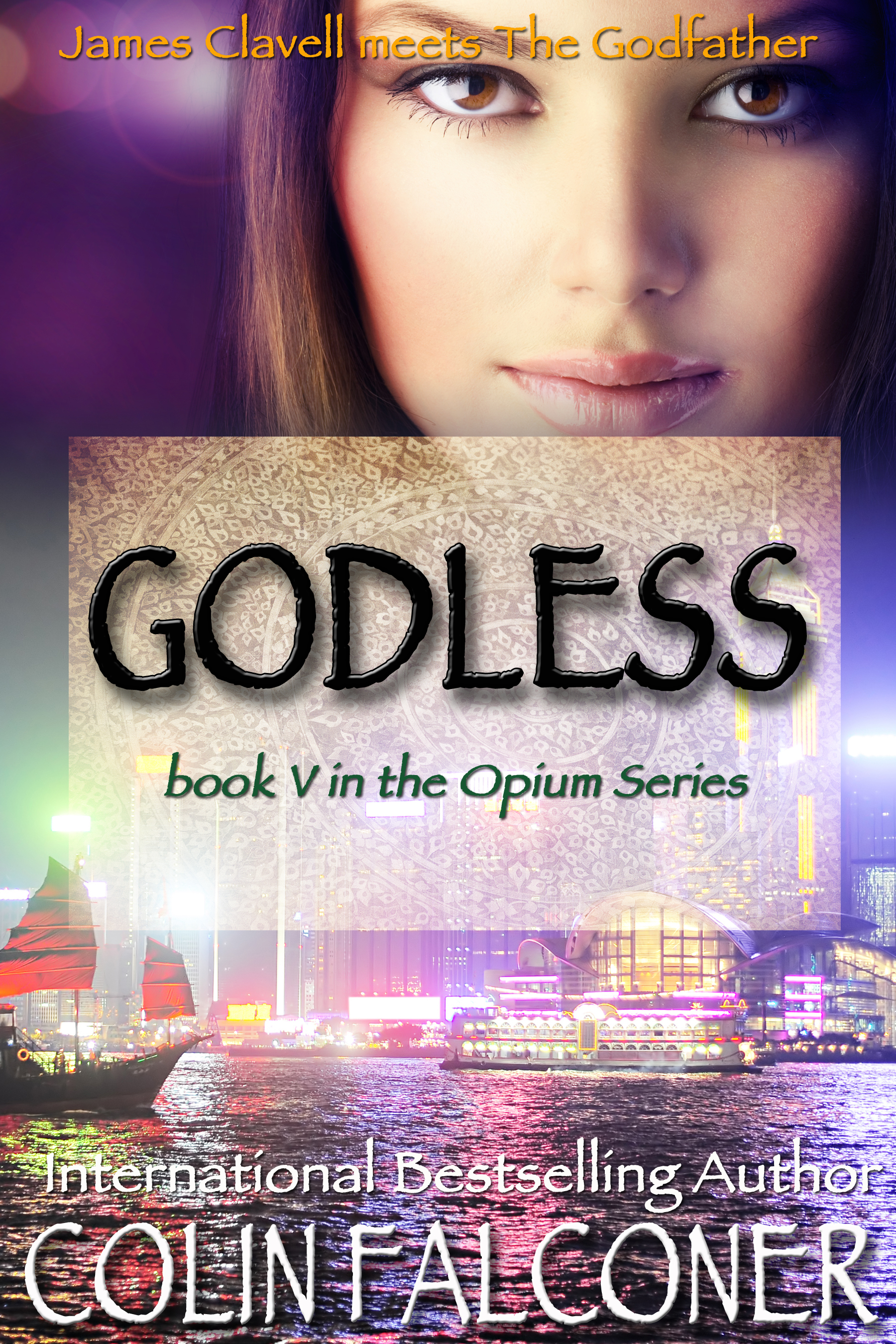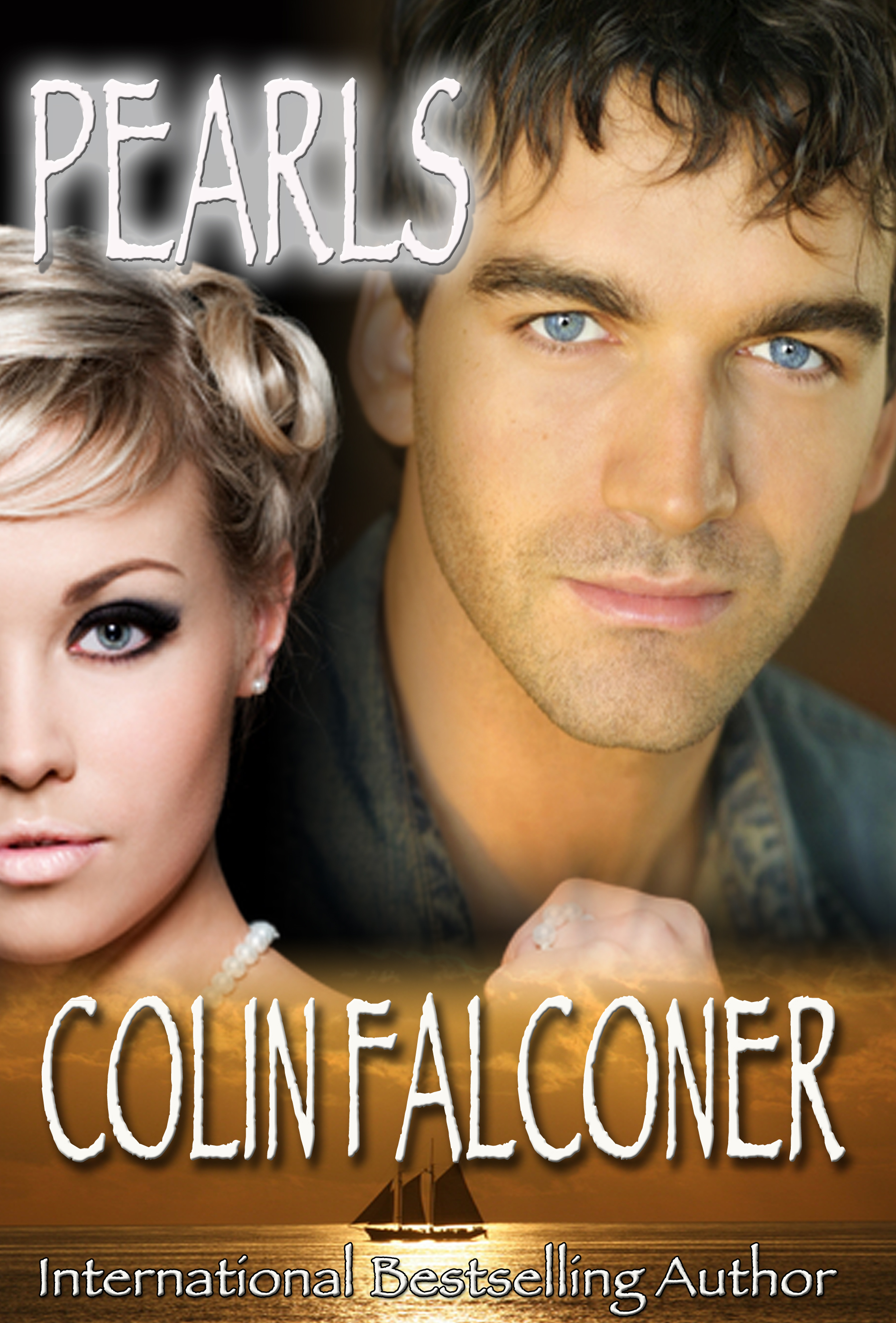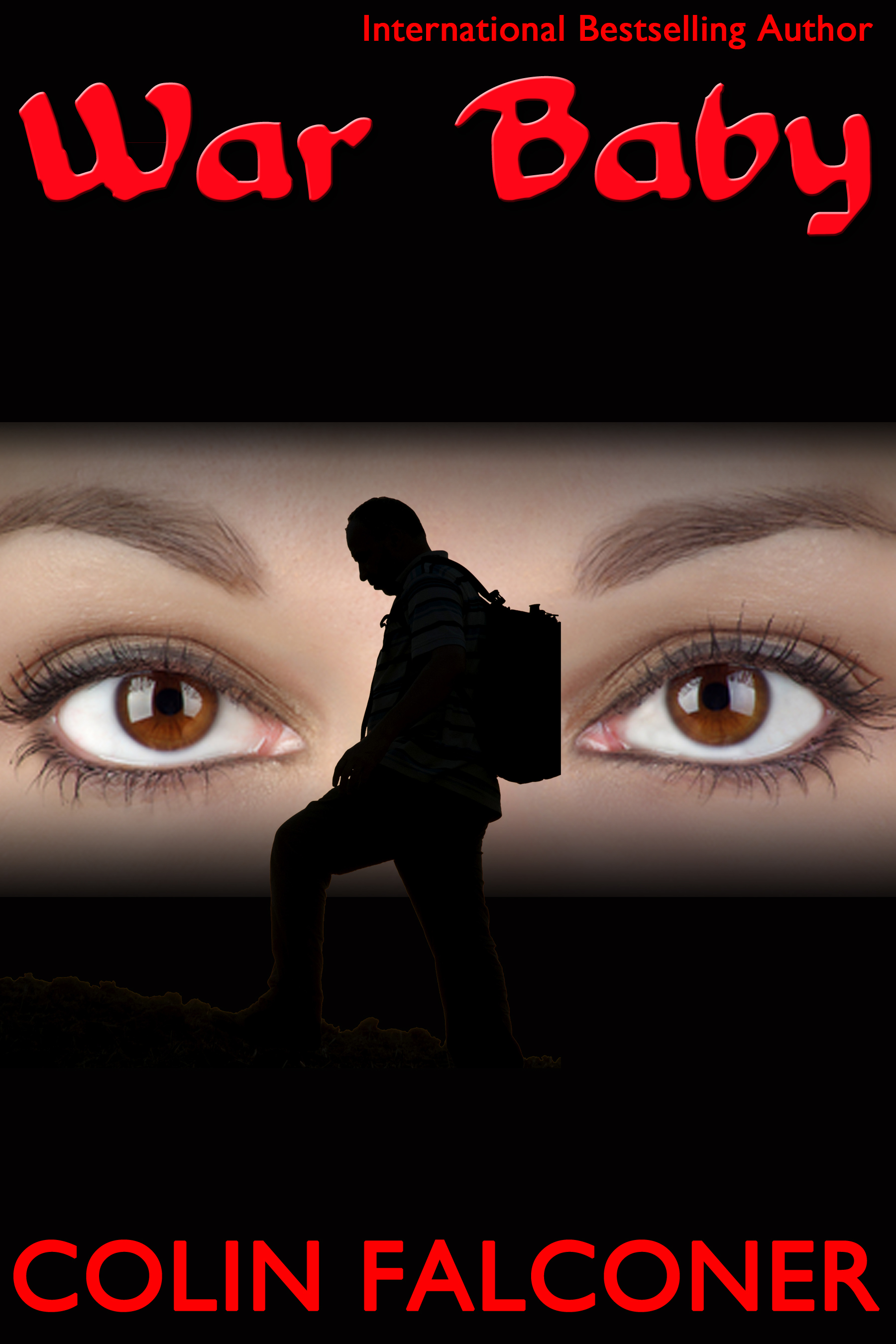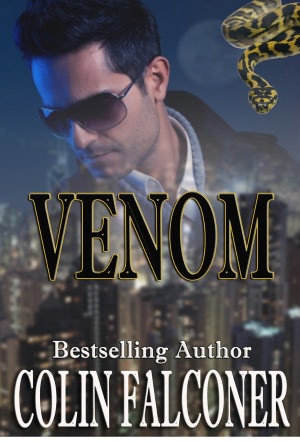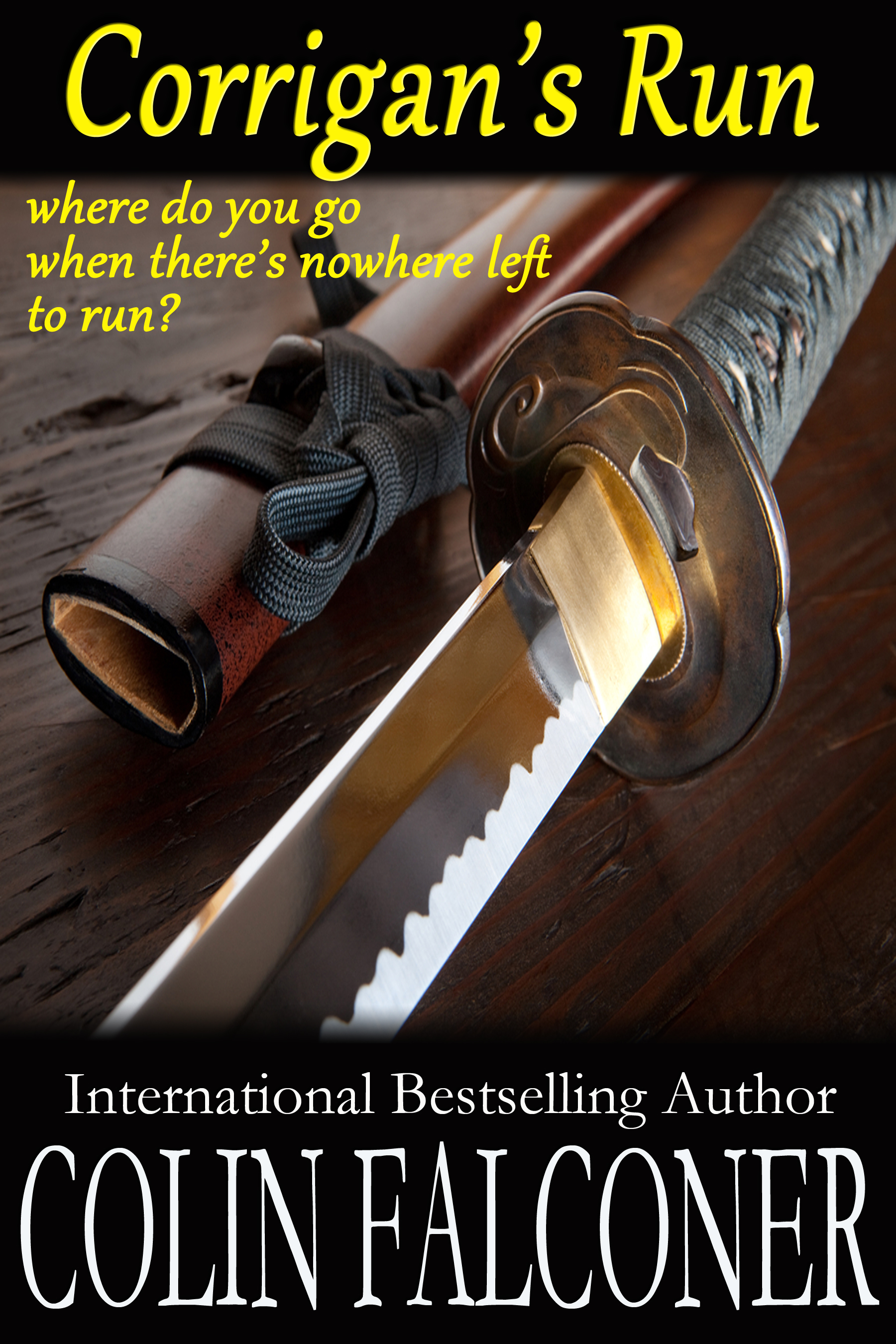We all remember Kevin Costner’s best movie, Dances with Wolves, in which Mary McDonnell played a white woman who had been captured and raised by the Sioux.
This wasn’t the product of a Hollywood scriptwriters’ imagination. It was a fate shared by many, the most famous was Cynthia Ann Parker.
Which leads us to this book: The Captive Boy.
I don’t do usually run posts promoting anything, and I don’t do reviews or interviews - so don’t ask me! But in Julia’s case, I’m making an exception.
Because it’s just a fantastic book. Her writing style reminds me of Cormac McCarthy, she’s that good. So after I read it, I asked her over for an interview.
A little about your writing background. You were a journalist for many years, right?
I was a journalist for twenty years; I covered everything from cops to features to investigative stories.
One of my most memorable stories involved following the blood trail made by a drug dealer who was fleeing another drug dealer.
The guy (I refuse to call him a victim) burst into a stranger’s house, seeking refuge, but his assailant tackled him and cut his throat.
I didn’t know anyone could bleed that fast.
Well, the throat’s a sensitive area, I guess. Now one sentence: what’s The Captive Boy about?
Col. Mac McKenna recaptures August Shiltz from the Comanche and becomes his foster father, only to see August flee back to the tribe and become his greatest enemy.
What inspired you to write this novel? Is this based on a true story?
Inspiration? I wanted to show readers that America’s frontier army was a brave group of men. We should be proud of them. I know I am.
Boy is based on the lives of many white captive children, taken here in Texas. They ended up as sad people. Many witnessed the murder of their families, and were then forced into a culture completely different from anything they had known.
Many adjusted and were even happy with the Indians. Most Comanches loved their children and did not draw a line between the adoptive kids and their birth kids.
But when the army recaptured the children (or they were, in some instances, traded back) they lost the Indian culture, and those parents, and were again bereft.
Most of these kids, if not all, ended up as unhappy and unstable people who were unable to keep jobs or maintain relationships.
August Shiltz, my captive boy, tried to recover his balance after the cavalry took him back. The reader can decide if he was successful.
How did you research this?
I read everything possible, and had a 100-page research book compiled before I even started writing.
I owe a lot to Scott Zesch, who authored The Captured, a non-fiction account about the fate of captured white kids.
What was the hardest part of writing The Captive Boy?
The research.
Every organization is detailed, but the Army runs on routine and rules and uniforms and bugle calls and so much I can’t even make a list.
And the Comanches lived in a traditional, rigid environment, so the writer better get it right.
Your favorite quote from the book?
I liked two places especially well. Here is part of the scene in which Asha (August’s wife) has been captured and is living (chastely) in McKenna’s house, and he discovers her in a revealing situation.
The scene is narrated by Eliza, Asha’s chaperone.
A few weeks ago, I offered to help Asha wash her buckskin dress. She’s a smart person and learns fast, so she took her dress off and dropped it in a tub of soapy water, and put on a chemise I brought for the occasion.
The chemise is very thin white cotton and clings, and Asha is dark, so it was possible to see things that a man should never see, and it also left her ankles and shoulders bare.
Between her braids and bare feet and her womanly aspects, she looked very fetching.
I heard something and looked up from the tub and was shocked to see Col. McKenna standing in the shadow of the door, wrapped in darkness, so rigid and still.
Had I not been there, he could have done anything and my dear, I know it’s indecent to say such things, but I felt he would have done something; if you know what I mean.
He never returns for the noon meal, and I had left the door ajar, as no one was in the house but myself and Asha. She stared at him like a bird hypnotized by a snake.
My dear, she didn’t even make an attempt to cover herself.
It seemed the colonel would stand gazing at her forever, his eyes traveling to places they should not have traveled, then he turned on his heel and left the house.
I really enjoyed that because it was fun to introduce sex and sexual feelings into the book.
Then, I also enjoyed the place where August, who was having a parley with Mac, threw a scalp at him.
Hair-raising scene, that one. Sorry. Now most people would classify The Captive Boy as a western. What do you say to people who say: Westerns don’t sell?
Well, it’s not a Western. A western has strict rules (as do all genres), none of which I’ve obeyed for this book. The Captive Boy is an historical novel, meaning it explores the reason why things happened in this time period.
You have a lot of Cormac McCarthy about your writing. How do you feel about that?
I’ve been told that, but I guess it’s just happenchance; I’ve only enjoyed one of Mr. McCarthy’s books, and that is All the Pretty Horses, which I consider an American classic, and perhaps the best American novel written in the last 25 years.
That said, I’m flattered anyone would compare me to him.
The scene in Horses where the protagonist crosses the Rio Grande and happens on the radio station is brilliant, and Jimmy Blevins, one of his minor characters, is one of the best characters in American fiction.
Are you working on another novel?
Yes, I’m deep in thought about another historical novel set in 19th Century Texas–but there’s not an Indian in it, thank God.
What’s your future direction - do you have a plan? What are your dreams for your writing career?
I don’t have a plan. Each time I come up with something, I end up saying, dash it, foiled again. But I can honestly tell you that I want what every other writer on earth wants and the ones who deny it are liars: I want sales, respect and eternal fame.
What are your favorite writers. Who inspires you?
One of the reasons I write is to repay all the writers who have gone before me by helping to replenish the treasure house of books. They have saved my life; literally.
I can even remember books that enthralled me as a child. I remembered The Adventures of Remy (after fifty years). I searched for it on Amazon, read it again and loved it again.
I wish I had the room to wax eloquent about all the wonderful books in existence.
However, if anyone surpasses Lord Jim, by Joseph Conrad, I hope it’s me.
What makes you laugh? What makes your cry?
Mrs. Duchek made me laugh. She’s a minor character in Del Norte, a novel I published in 2013.
Mrs. Duchek tried to stop Thomas, my hero, from capturing her husband and when Thomas failed to catch her husband, Mrs. Duchek said:
“Well, I guess that shows you.”
Many things make me cry.
I love Mac McKenna (from The Captive Boy) and his fate made me cry.
What are they going to write on your headstone, Julia?
Read my novels, you can find them at Amazon, or at your local library. Thanks, Julia.


